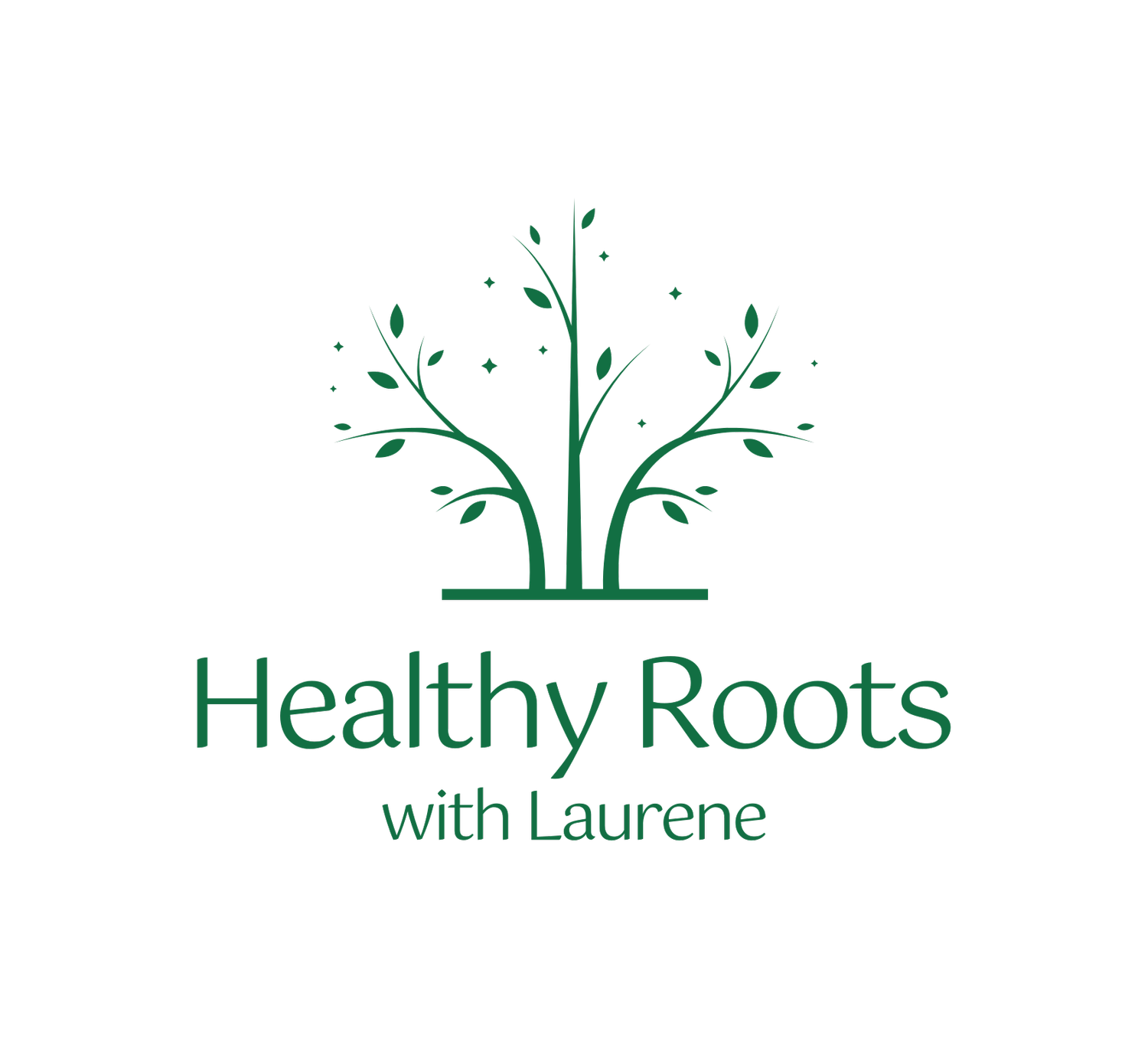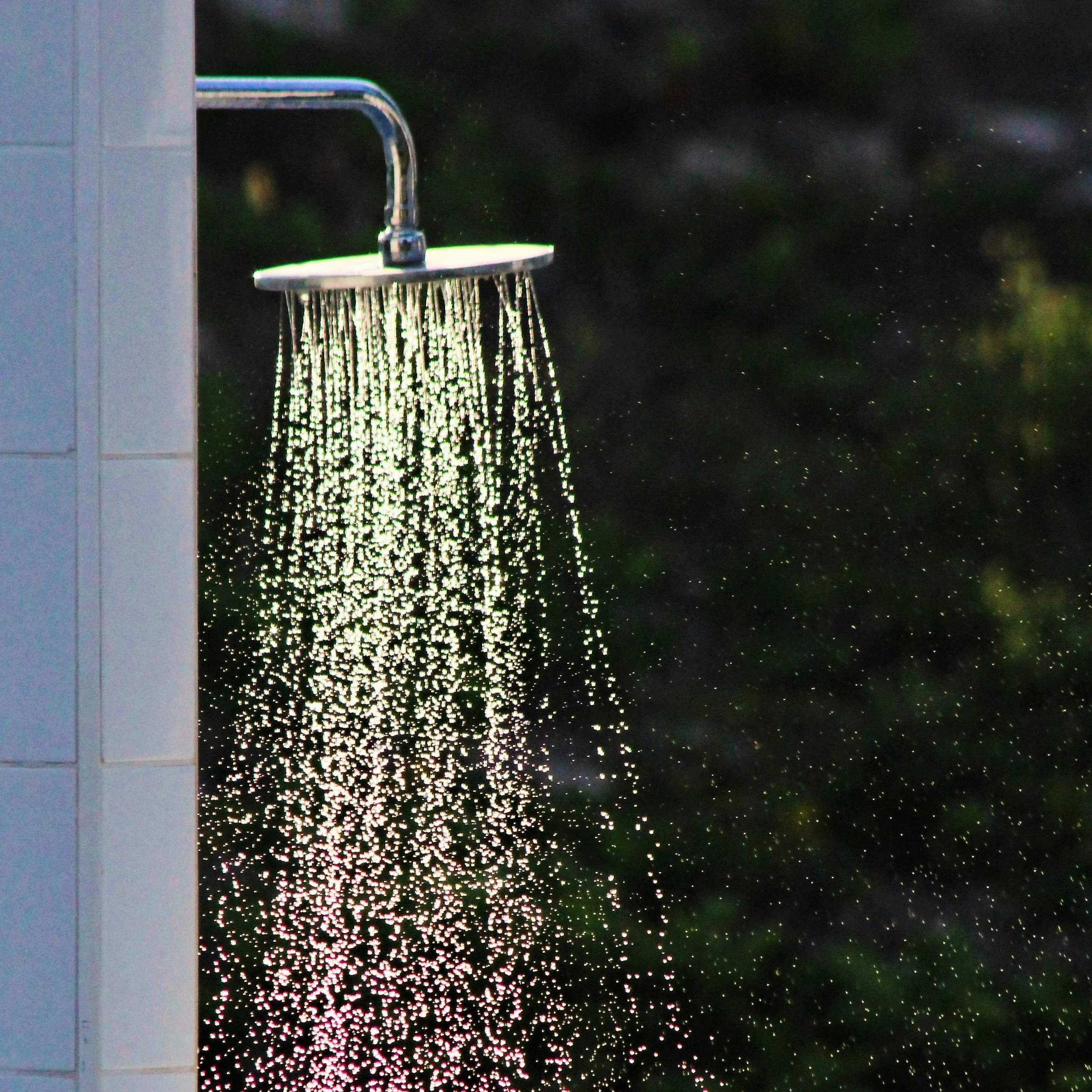Hot vs. Cold Showers: Which One Is Best for Your Health?
Who doesn’t love a warm shower or bath after a day at work? Similarly, a splash of cold water is sometimes all you need to start your day energised. And what about that feeling after a dip in a not so warm loch or sea? Isn’t that the best feeling on earth? So, what should we have, hot or cold showers? The answer – as is often the case – seems to be ‘It depends’.
The benefits of cold water have already been proven, and are numerous:
• Help maintain shiny hair and hydrated skin
While hot showers open up your pores, cold showers can temporarily tighten them, helping to preserve your skin and hair’s natural oils. If you struggle with dry skin or brittle hair, occasionally rinsing with cold water may be beneficial.
• Enhance mental well-being and strengthen the immune system
Exposure to cold water triggers the release of noradrenaline and beta-endorphins, while nerve endings send electrical signals to the brain, potentially producing an antidepressant effect. Additionally, cold showers may boost immunity, helping the body fend off illnesses more effectively.
• Increase circulation
The body's natural response to cold water is to increase heart rate and enhance blood flow, encouraging the circulatory system to work more efficiently. Over time, improved circulation may contribute to clearer skin and a healthier complexion.
What about the benefits of hot showers?
• Support restful sleep
After a long day, warm water helps relax tense muscles, calming both the body and mind. Taking a shower a few hours before bed can improve sleep quality
• Better blood sugar management
Regular exposure to hot water through baths or hot tubs may be beneficial for individuals with diabetes and hypertension. A 2022 study of nearly 1,300 participants suggested that frequent hot tub bathing could aid in blood sugar regulation and reduce diastolic blood pressure.
• Lowered blood pressure
The same 2022 study of hot tub use also found that some participants had lower diastolic blood pressure after a hot bath. Make sure the water temperature is not too hot though, and limit time in the bath to 30 minutes.
Both hot and cold water offer unique health benefits and impact the body in different ways. For example, individuals with arthritis may find a warm morning shower more beneficial, as the heat soothes joints and improves mobility. On the other hand, athletes recovering from sports injuries might prefer a cold shower to help reduce inflammation.
If I am having a shower in the morning, I alternate between hot and cold water at the end, and finish on the cold setting. This is called a contrast shower, and it is brilliant to increase your energy. I am new to this though, so I am easing into it, gradually turning the temperature down, and I don’t go too low either. I have to say I skip this routine if I have a cold or feel particularly run down. It might actually help, as it could boost my immune system, but I try to listen to my body and not force things. I’d rather do it in prevention than when I am ill, as it just doesn’t feel comfortable.
Note : At the moment, there is limited science around contrast showers, but it is worth experimenting on your own, see if they work for you. As mentioned above, be sensible with the temperature and do not burn yourself.
For ecological reasons, I try to limit the number of baths I have, and until now I would usually have around 4 or 5 baths during the autumn/winter season. These days though, I really feel the need to relax in the evenings and improve the quality of my sleep, so I will probably have a few more until the weather gets better and warmer.
If you have sore muscles, make sure to add a couple big handfuls Epsom salts in your bath, or add a few drops of lavender essential oil (mixed with a carrier oil) in the water for extra relaxation. Heavenly!
What about ice baths? Are they good for my health?
In the late 20th century, athletes began using cold water therapy to enhance recovery and improve performance. In recent years, ice baths have gained popularity as a wellness trend, embraced by influencers and celebrities alike.
This could make for a whole article in itself, but more and more literature is being published these days that say cold baths may not actually be ideal for women. Why is that?
According to Emma Estrela, a Level 3 practitioner of the Wim Hof Method, a type of cold exposure therapy, ‘women are more sensitive to cold extremities due to differences in peripheral blood flow, meaning hands and feet may feel colder faster. This might limit their tolerance for longer ice bath durations or extremely cold temperatures’ – link to the original article here
Yet there are also benefits to that cold exposure: exposure to cold can enhance tolerance to low temperatures and improve circulation, aiding in daily temperature regulation. It may also benefit those experiencing hot flushes during menopause. A 2024 study from University College London found that cold water swimming helped alleviate hot flushes, anxiety, and low mood.
Dr. Stacy Sims spoke about the impact of cold-water exposure on women during a discussion on the Huberman Lab. She explained that extremely cold temperatures, like those in ice baths, can be too intense for women, leading to severe vasoconstriction and system shutdown. Instead, she recommends a more moderate temperature of around 16°C (55-56°F), which still provides benefits like a dopamine boost without the risks of extreme cold.
Dr. Sims suggests that women typically benefit more from heat therapies, such as sauna use, as they promote positive metabolic and physiological changes, rather than extreme cold exposure.
So the jury is still out on ice baths for women, and it is likely to be quite a divisive topic. My recommendation? You do you, and if ice baths are your thing and you feel they benefit your health, brilliant! Make sure to tune into your body, prioritise safety, and adjust according to your personal tolerance, goals, and intentions.
Don’t forget to sign up here to receive the latest blog posts, recipes, and health tips.





